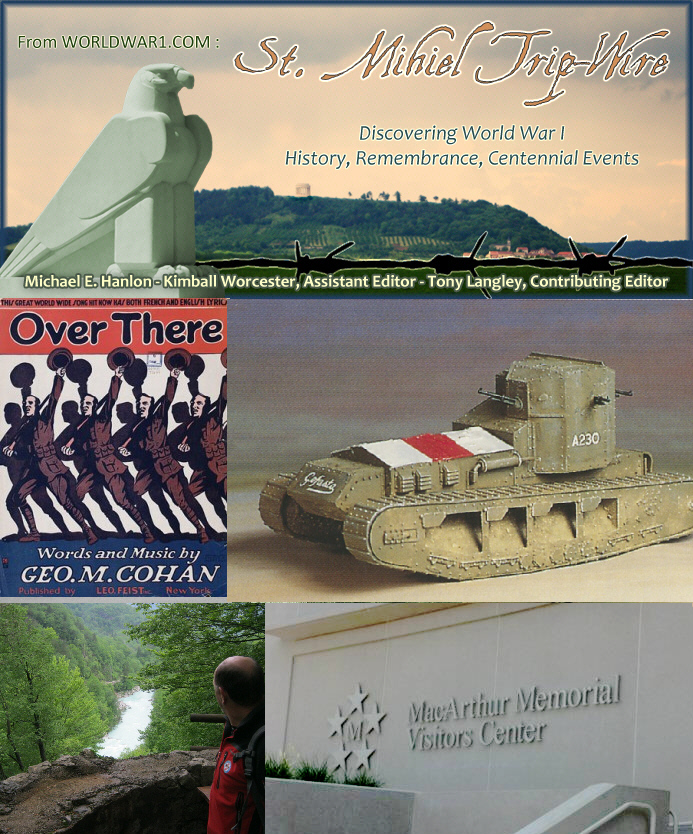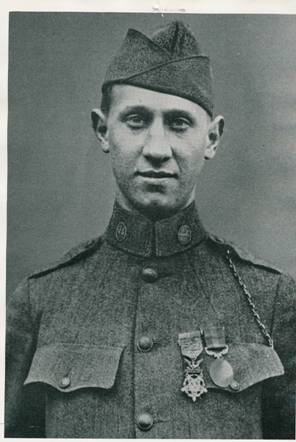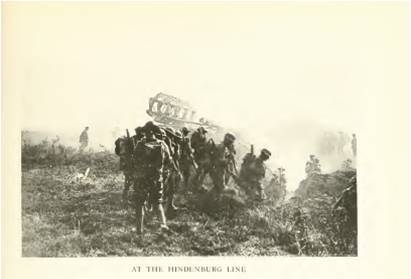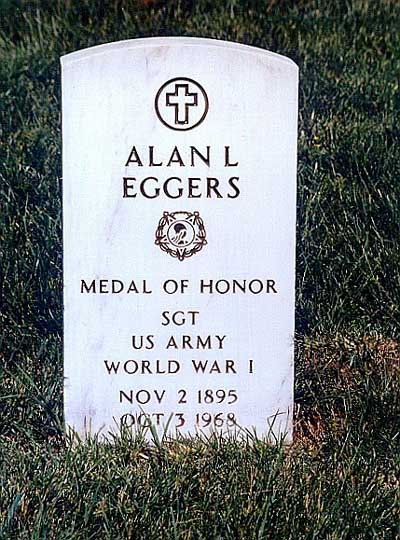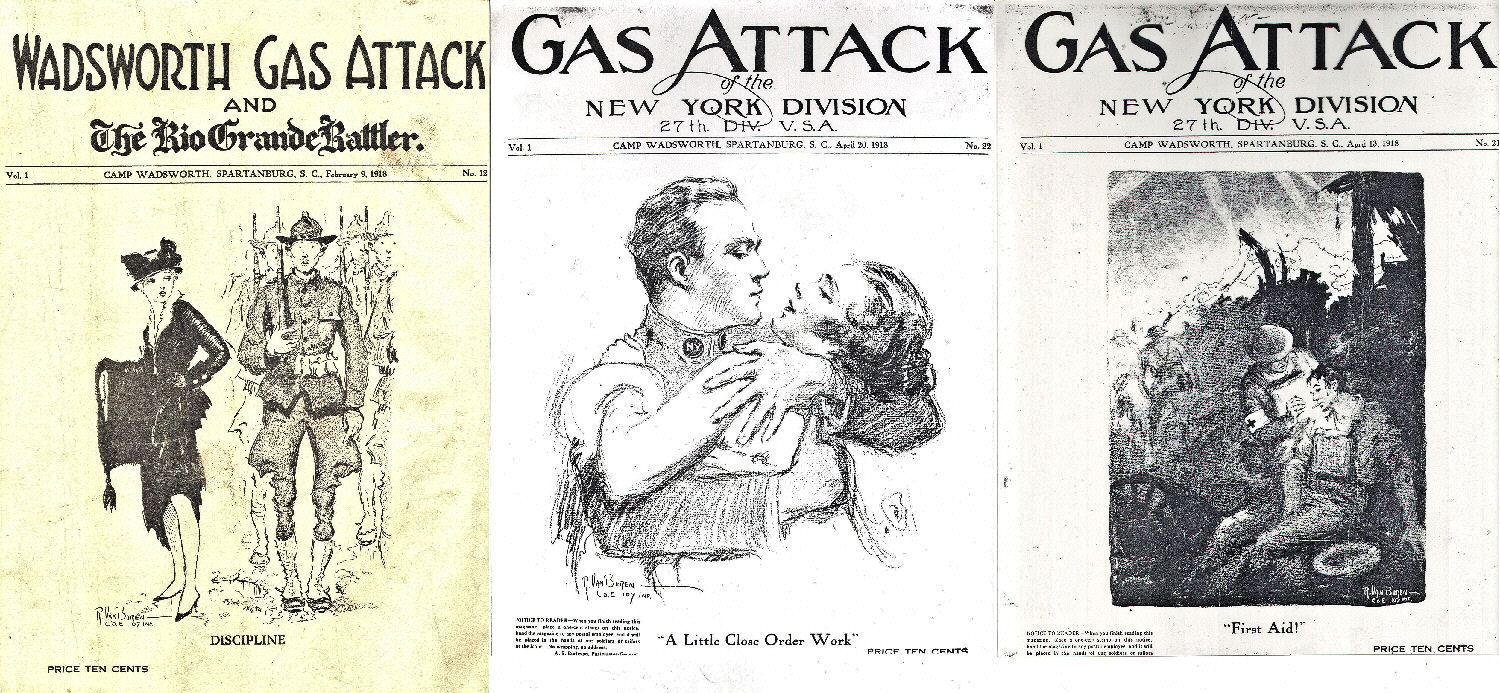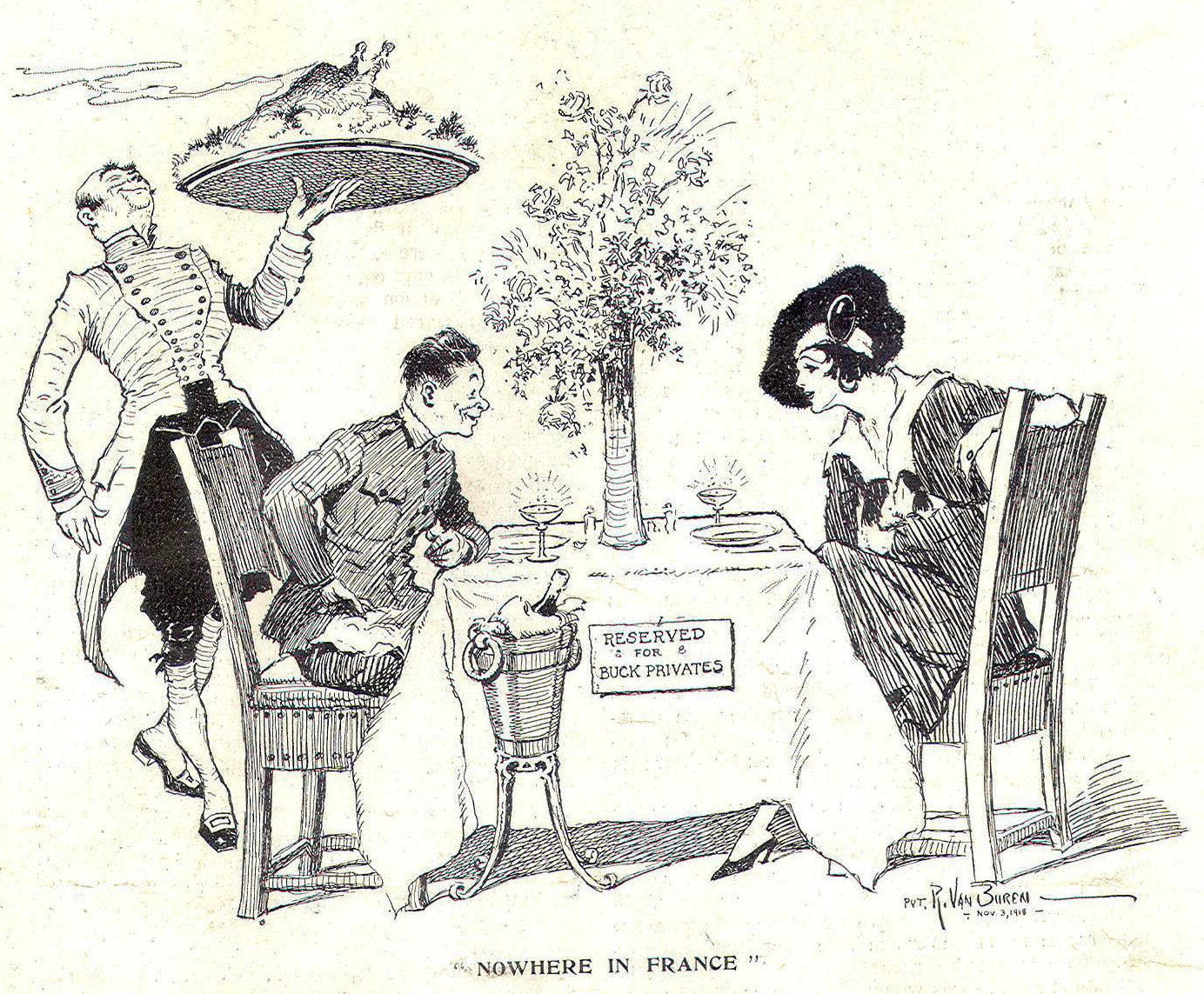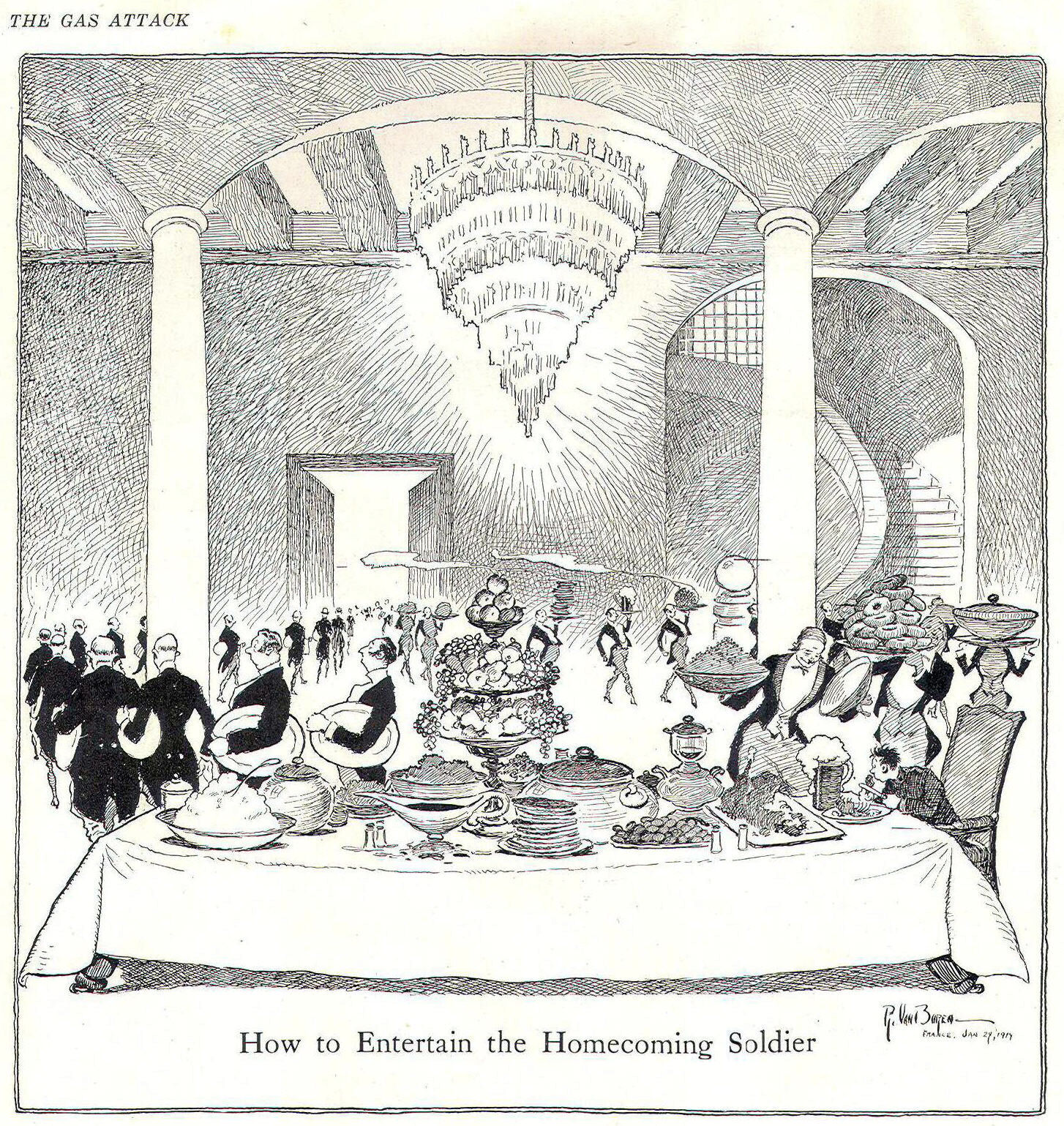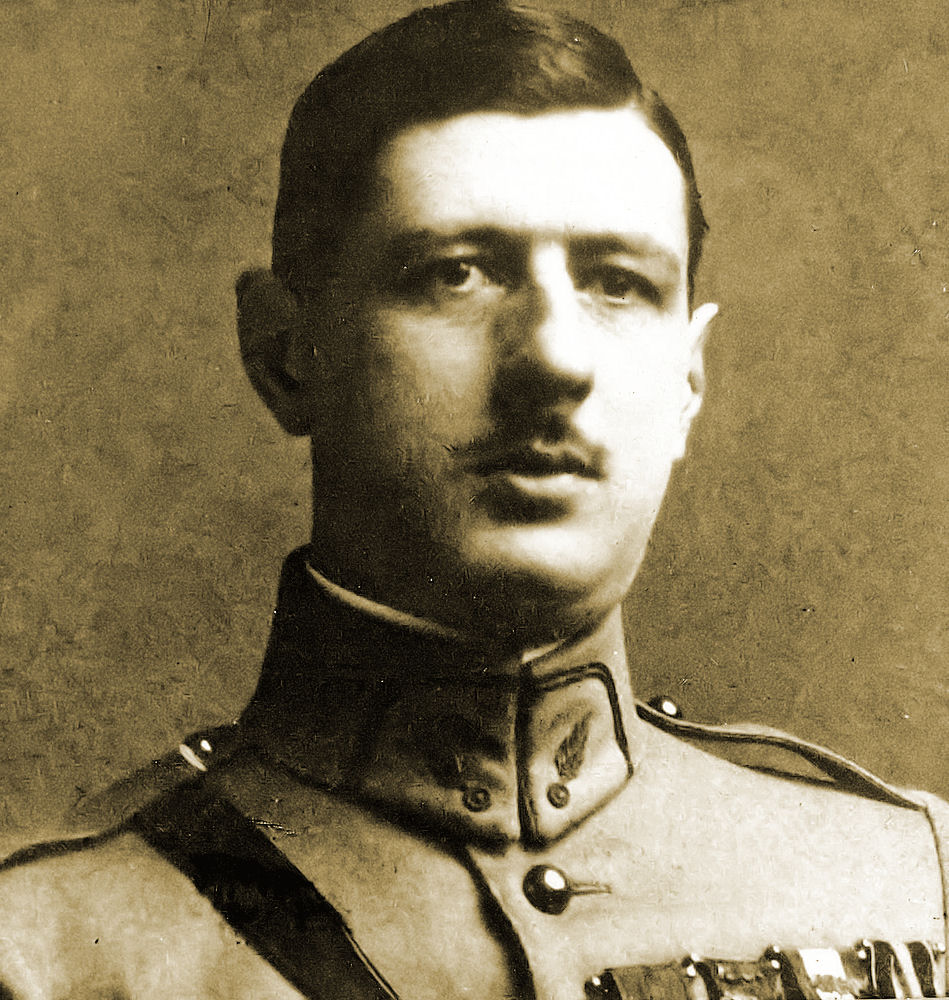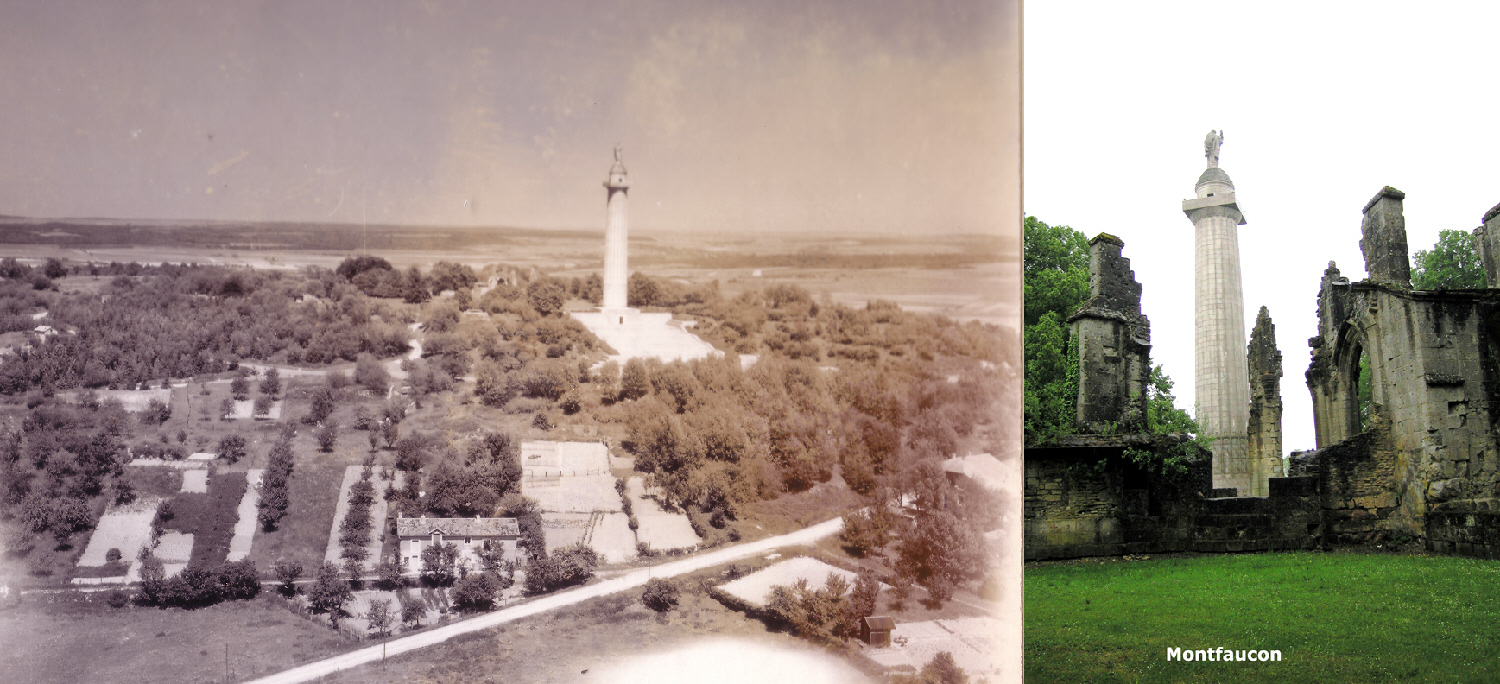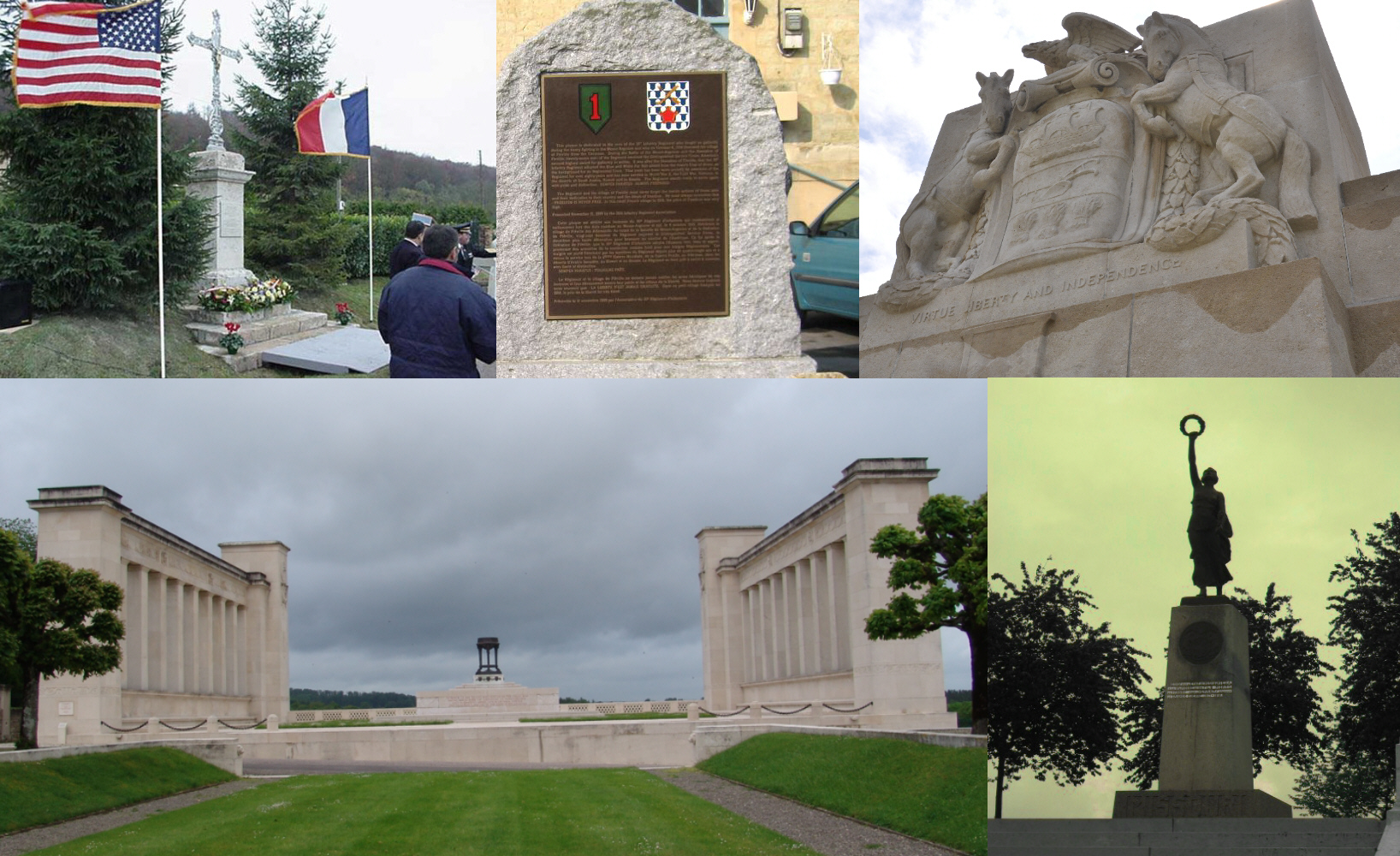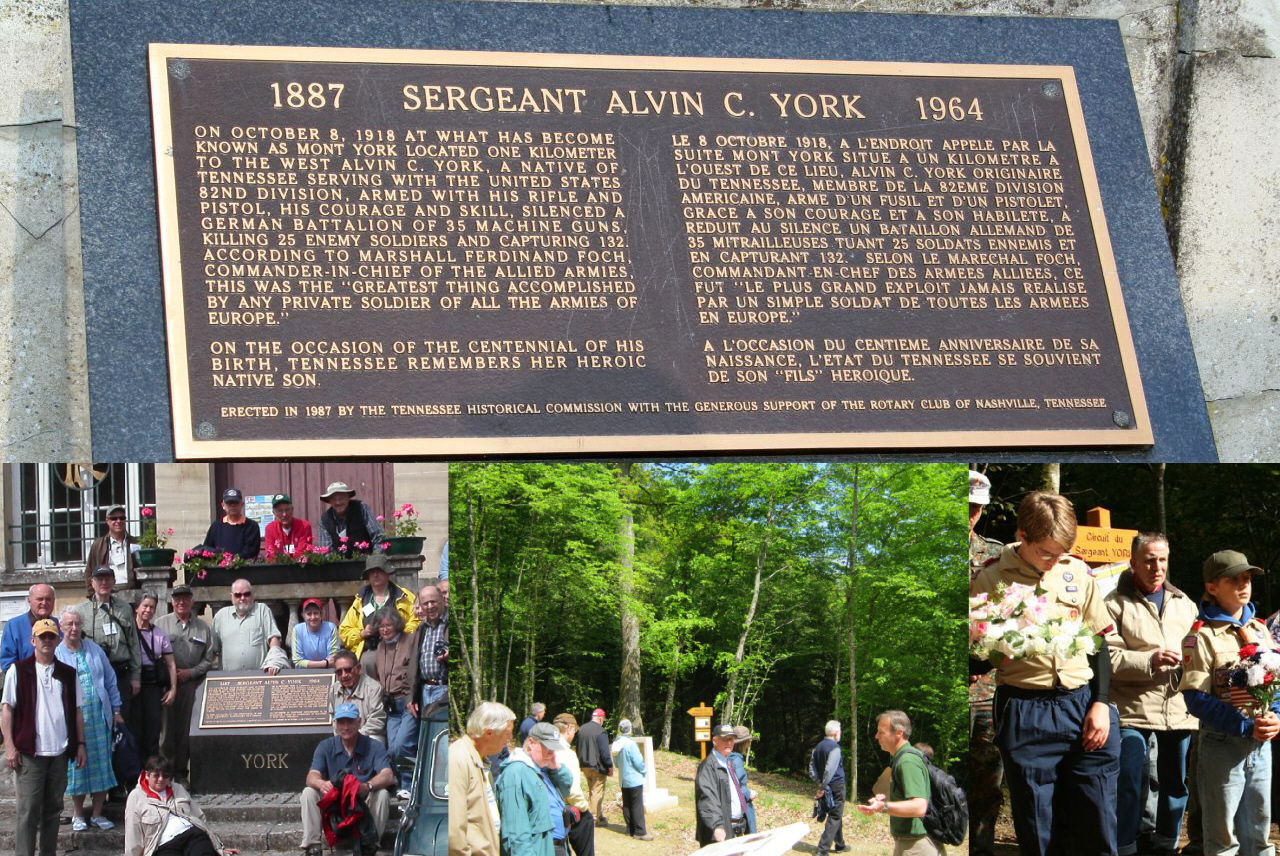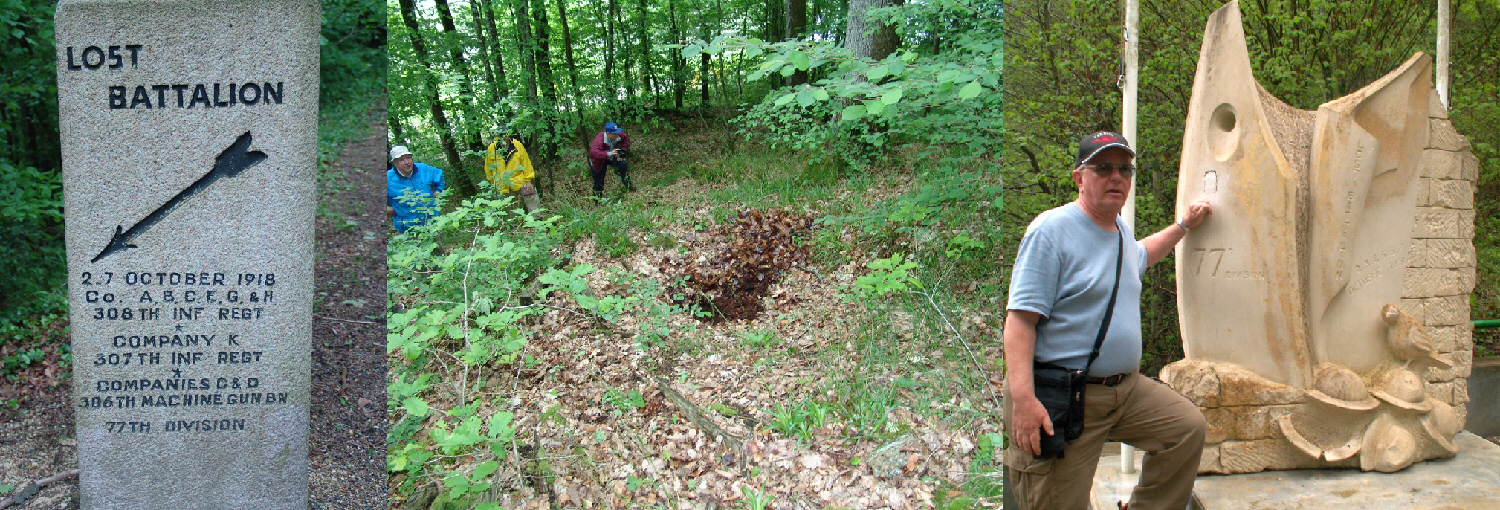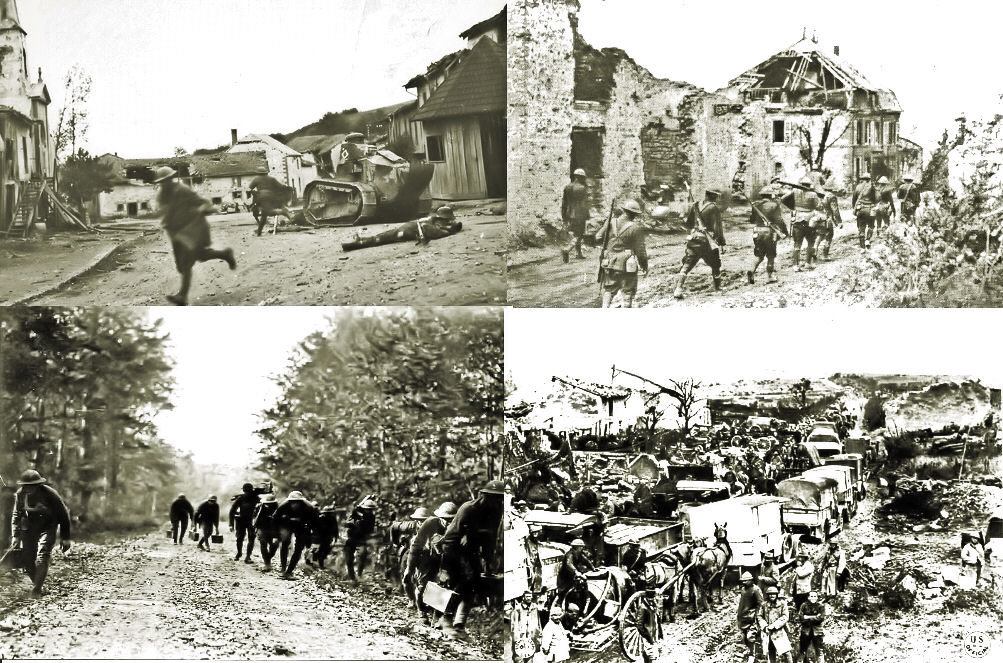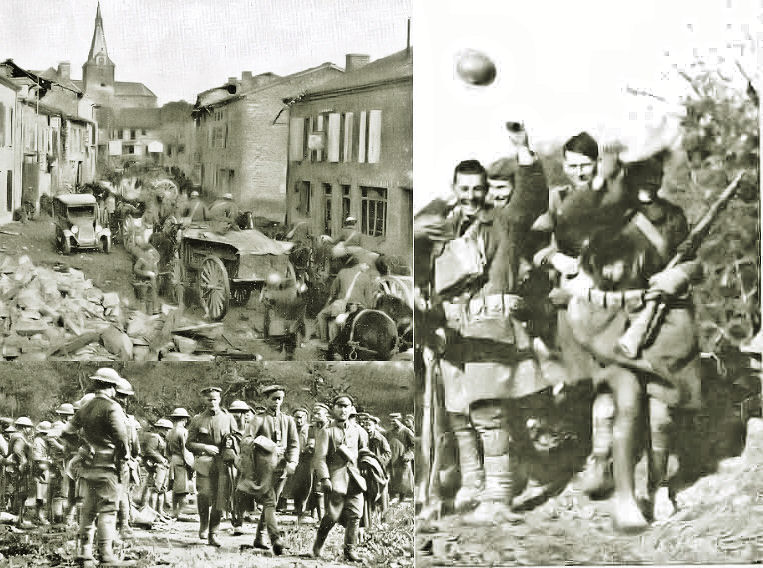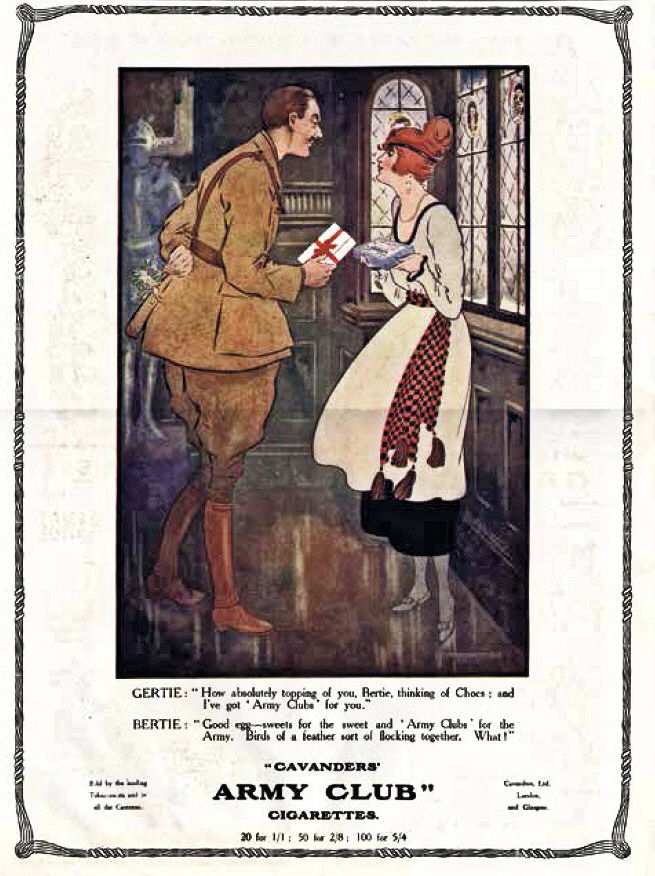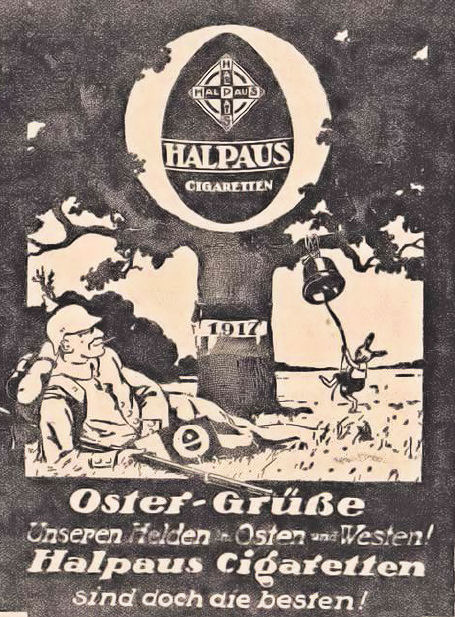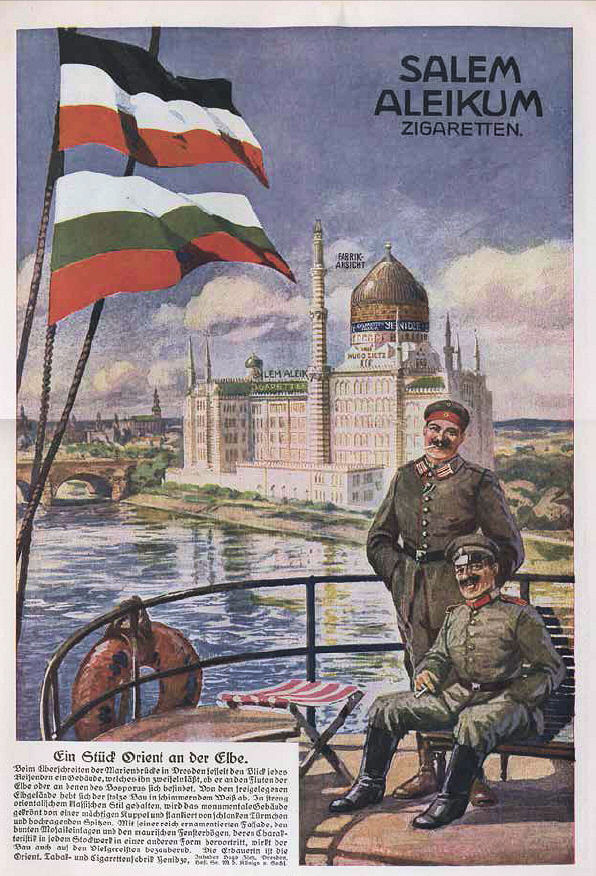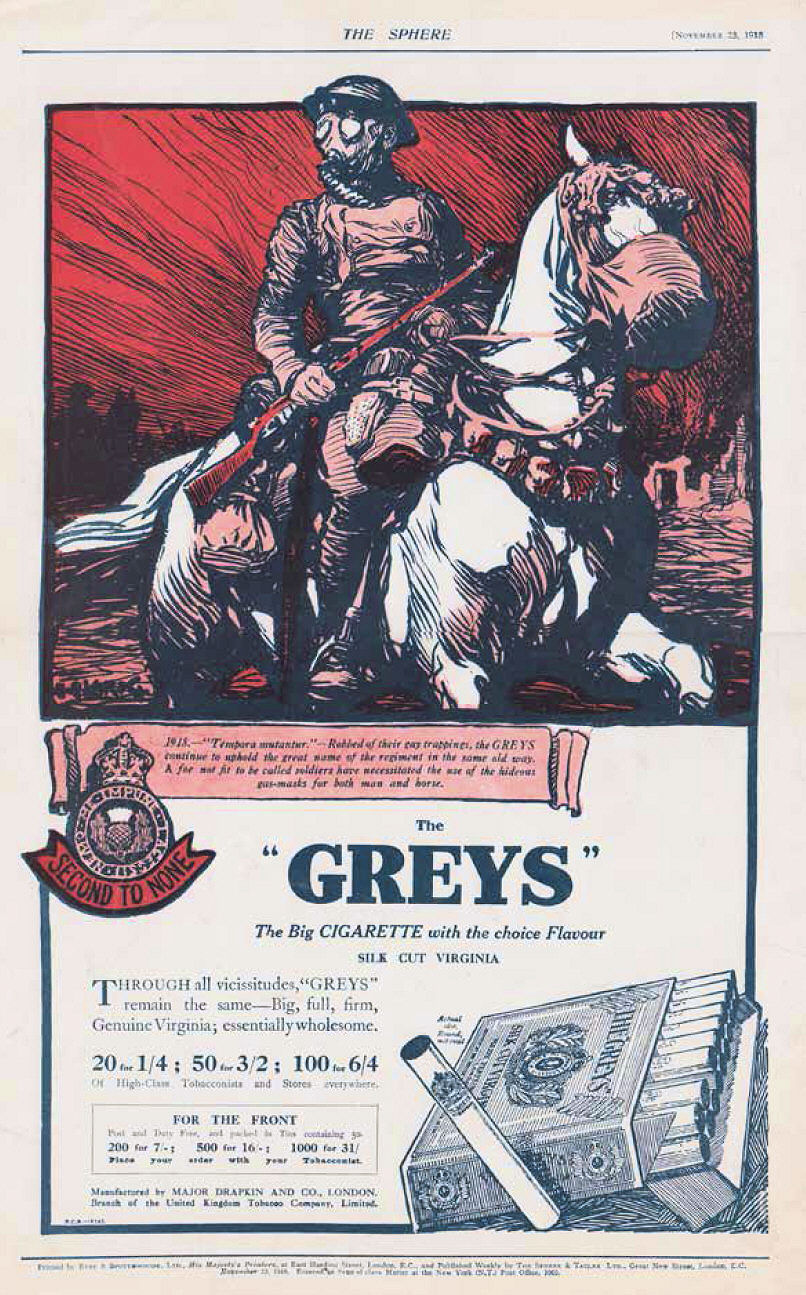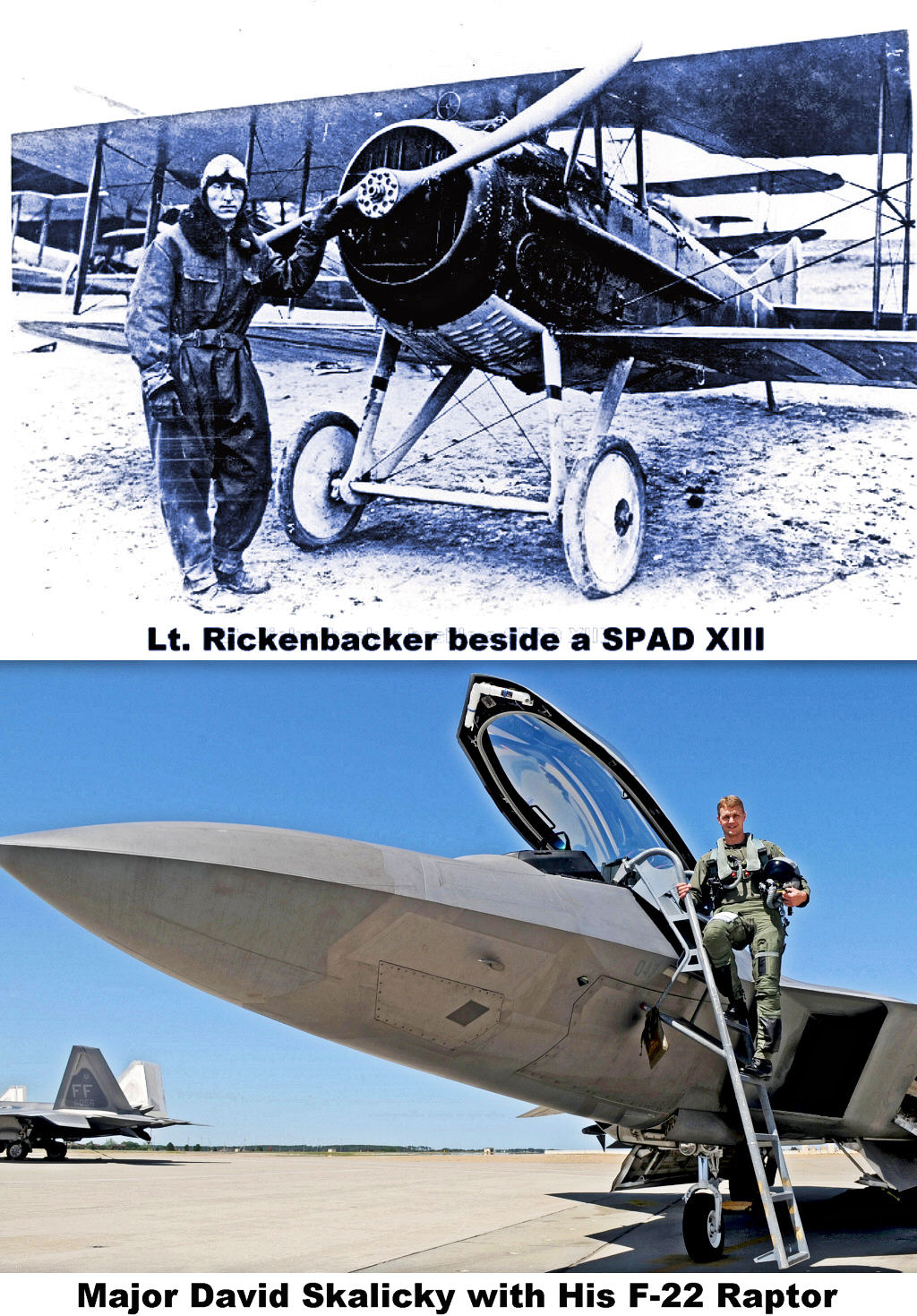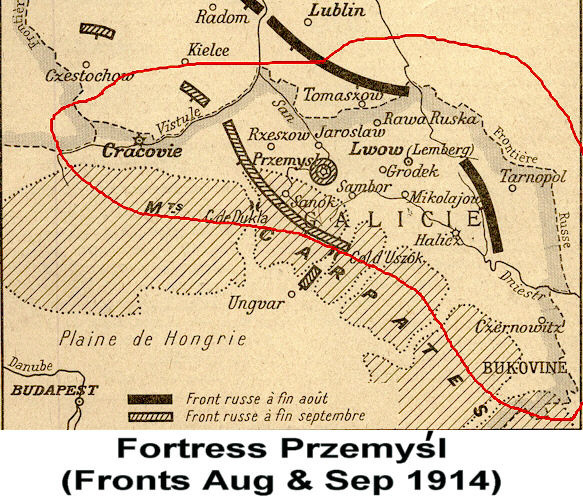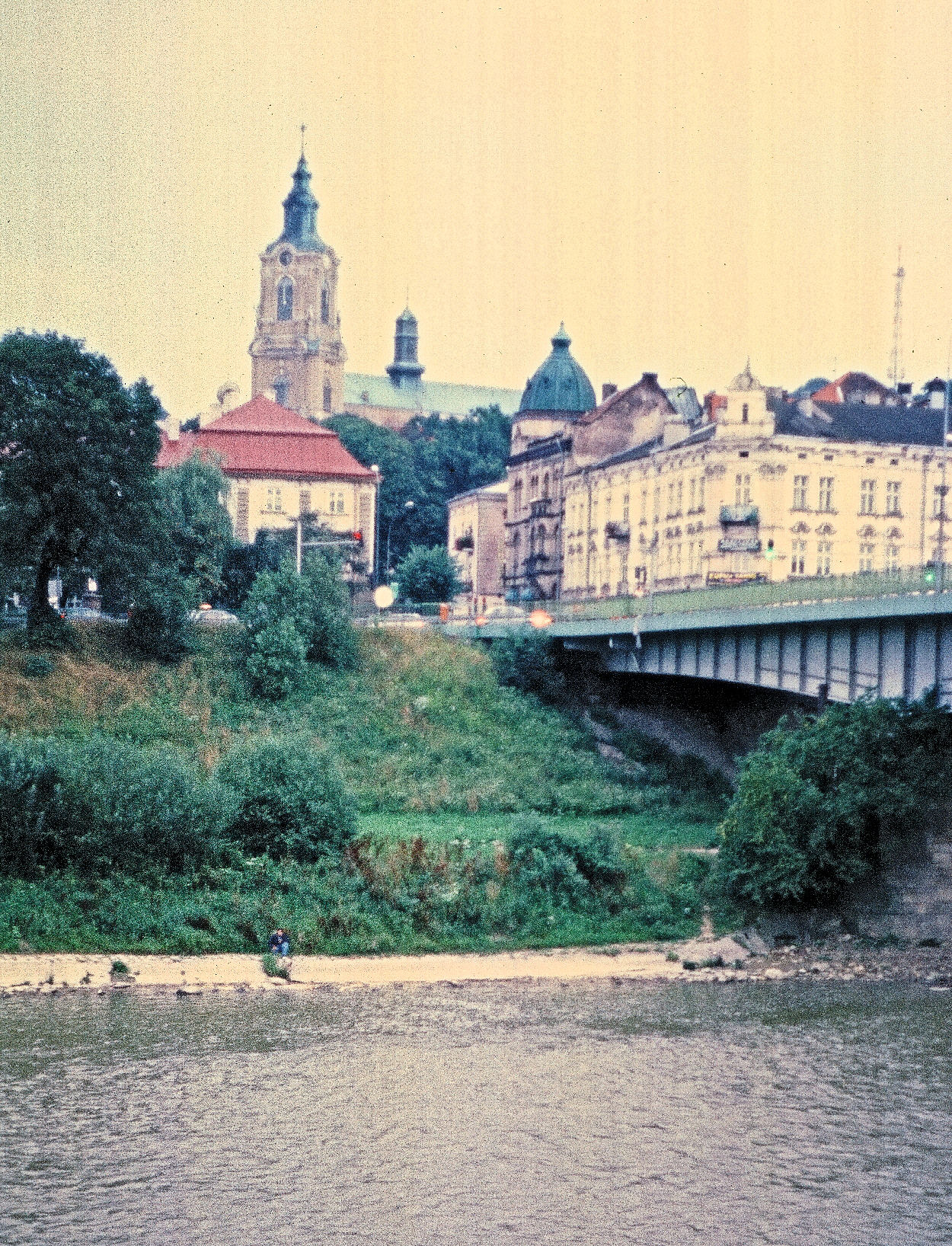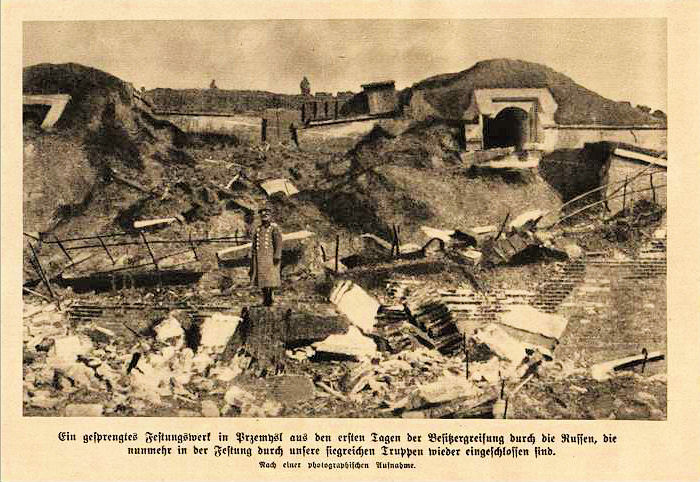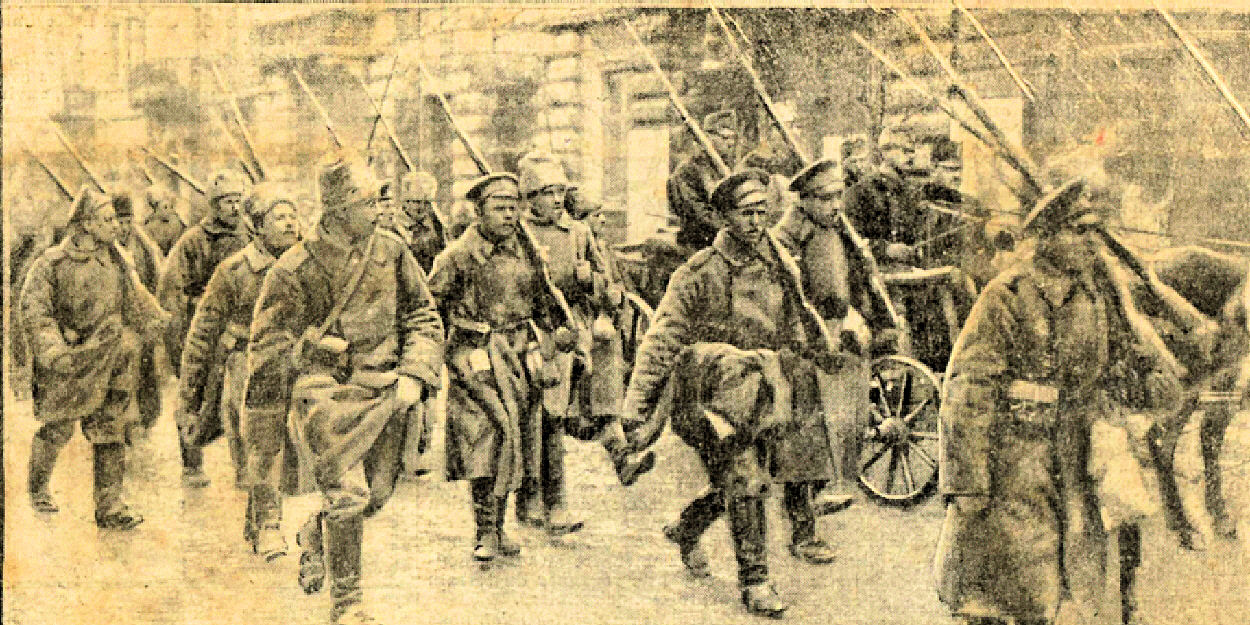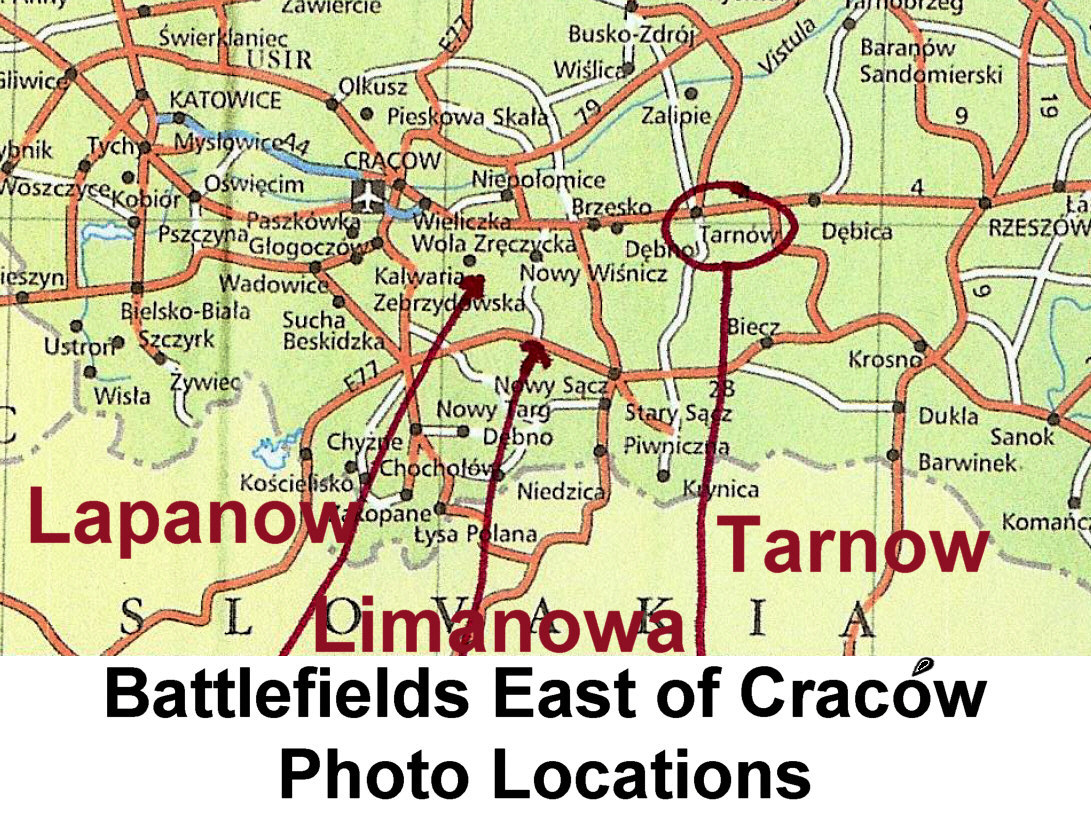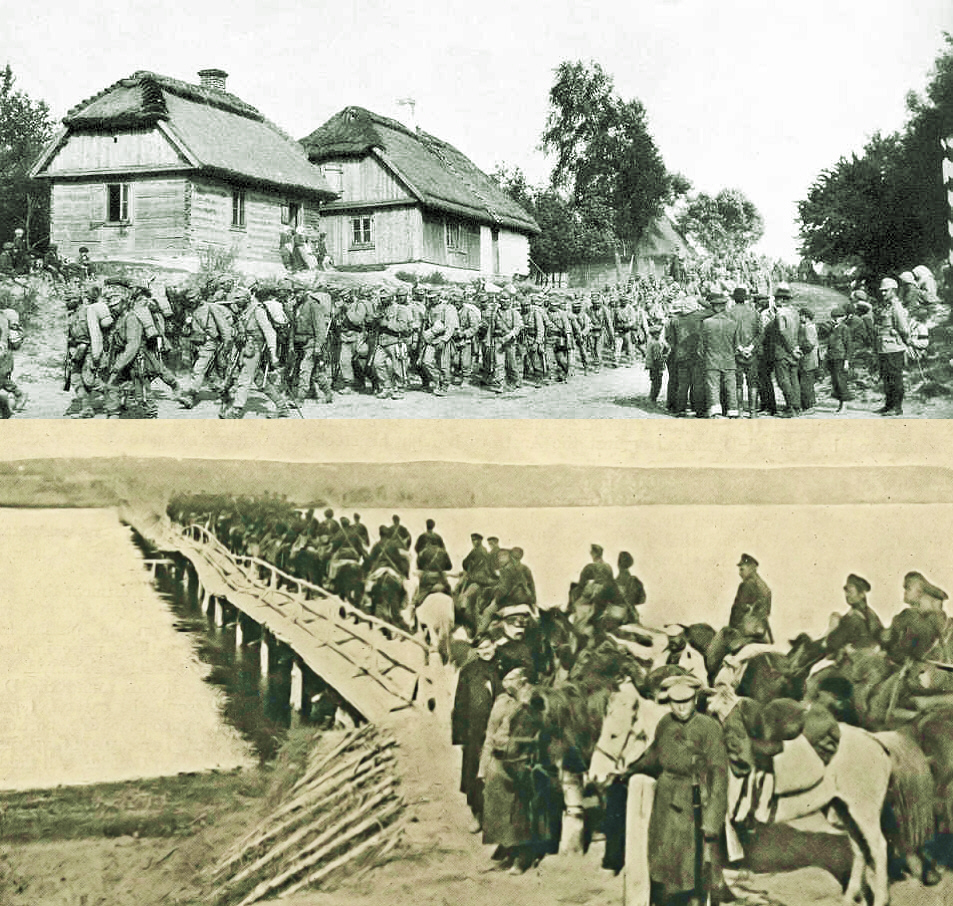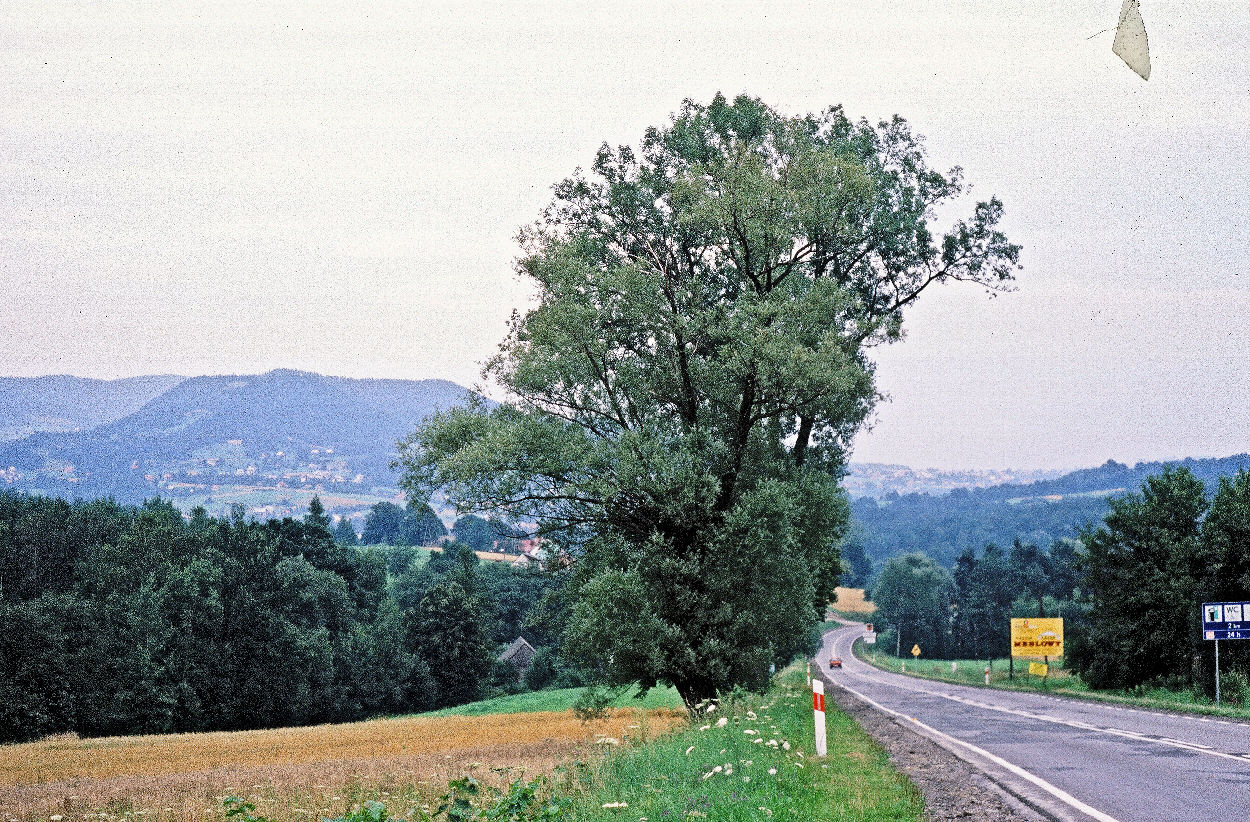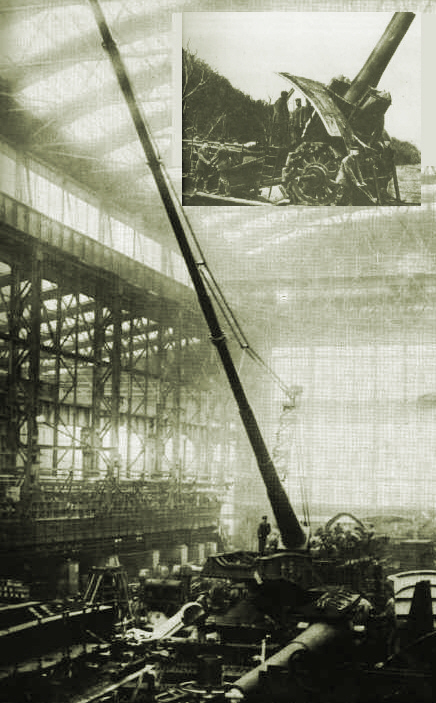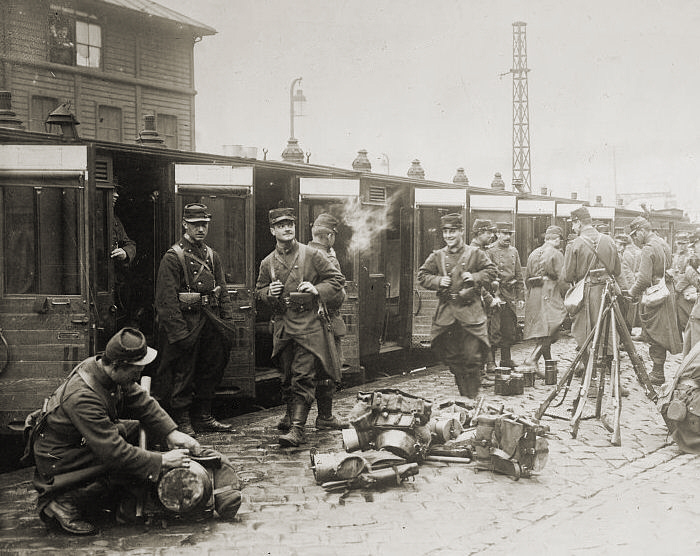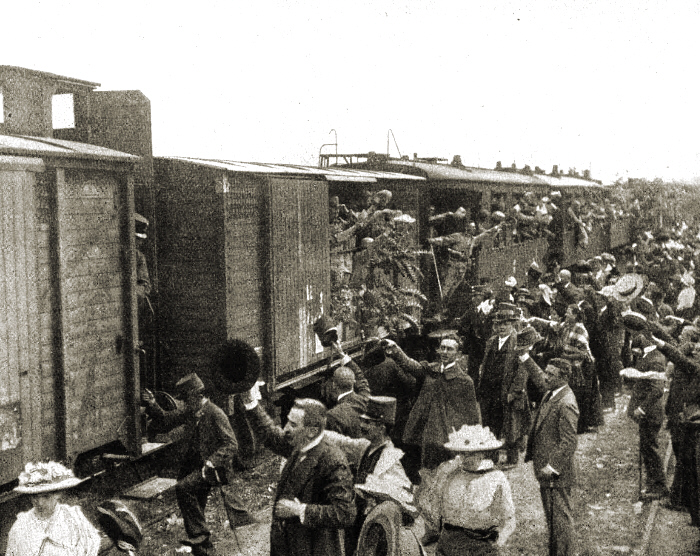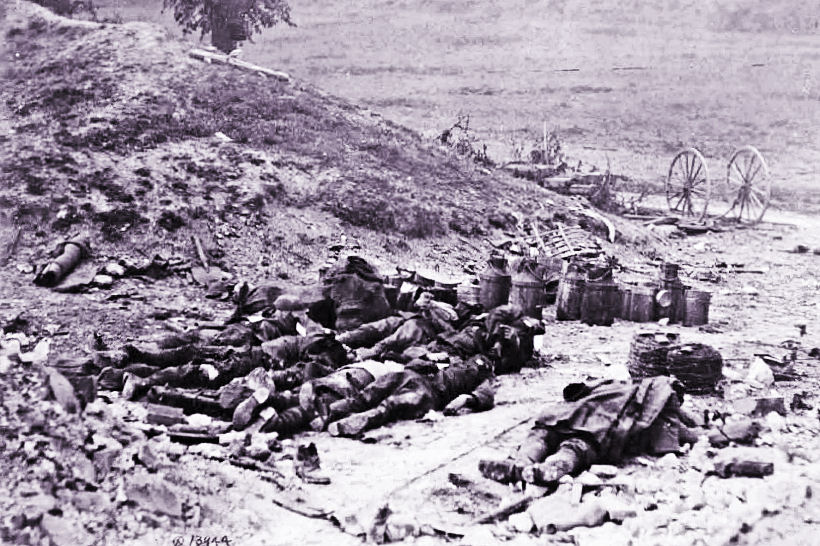When I first started studying the First World War, there was no bigger name among living historians, especially those who focused on the events of 1914–1918, than A.J.P. Taylor. At meetings I attended of the old Great War Society, his theory about railroad timetables contributing to the start of the war was much discussed, considered to be on the "cutting edge." A "revisionist" historian (especially regarding the start of World War II) and staunch leftist, his reputation seems to have faded badly today, and I haven't heard any discussion of his timetable theory recently. His death in 1990 roughly corresponded to the fall of communism. This may have contributed to a decline in interest in his ideas. However, I don't think Taylor's thinking about the start of the First World War should be neglected. Below are selections from his 1969 work War by Timetable that I've patched together from my notes and the Internet outlining his thinking. To better appreciate his argument, though, you might want to read the original full work.
MH
War by Timetable
The Austrian declaration of war on Serbia was pure theory; no action followed it. Now this gives the essential factor in the outbreak of the First World War. All the great powers, of whom there were five, or six counting Italy, had vast conscript armies. These armies of course were not maintained in peace time. They were brought together by mobilization. This factor had already counted before in the Austro-Prussian war of 1866, but this time there was a further complication.
All mobilization plans depended on railways. At that time the automobile was hardly used, certainly not as an instrument of mass transport, and railways demand time tables. All the mobilization plans had been timed to the minute, months or even years before and they could not be changed. Modification in one direction would ruin them in every other direction. Any attempt for instance by the Austrians to mobilize against Serbia would mean that they could not then mobilize against Russian because two lots of trains would be running against each other. The same problem was to arise later for the Russians and in the end for the Germans who, having a plan to mobilize against France, could not switch round and mobilize again against Russia. Any alteration in the mobilization plan meant not a delay for 24 hours but for at least six months before the next lot of timetables were ready.
Click on Image to Expand
French Troops Heading for the Front
The Austrians could not mobilize against Serbia because this would mean that they were defenseless against Russia so they did not mobilize at all.
The Russians then thought they ought to stake out some claim to prove that they were going to support Serbia so the Tsar and his advisers contemplated mobilization by only against Austria and this was actually ordered. Then the Russian generals who knew about the timetables pointed out that if they began to mobilize against Austria, they would then be totally defenseless against Germany because they could not then mobilize against Germany. Partial mobilization was scrapped. The next day the Russian generals said 'But this is terrible. We have done nothing.. Right, we will have general mobilization.' They were still hesitating and the chief of the general staff himself said that this was rather pushing things beyond what they wanted. They had no idea of a war against Germany or even against Austria. They wanted a threat, not a real preparation for war. Mobilization was a mere gesture.
The chief of the general staff rashly said in the Tsar's presence 'It is very hard to decide.' The tsar who was one of the most weak-willed men there had ever been, was roused by this and said 'I will decide: general mobilization.' He then, according to his diary , having made this decision, went out, found a pleasant warm day and went for a bathe in the sea. His diary does not mention mobilization.
Now with Russia mobilizing, the problem moved to Germany and here again this was entirely a matter of timetables. It was said afterwards that mobilization meant war. Technically for most countries this was not true; it was merely a step towards war. Mobilization after all took place within the country. The Royal Navy had mobilized as late as 1911. Russia mobilized 1913. There were occasions when other powers had mobilized and because war did not take place the armies could be dispersed. With one country, however, this did not apply. The Germany general staff ever since the creation of a united Germany in 1871 under Bismarck had contemplated the possibility of war on two fronts: France on the one side, Russia on the other.
It is the function of general staffs to plan for wars. Germany had two great neighbors, France on the one side, Russia on the other. Moreover in 1894, France and Russia made an alliance which was technically defensive in nature, that each would help the other if attacked. Thus Germany might have a two-front war. Successive German chiefs of general staff, Moltke, Schlieffen, the younger Moltke, all laid down 'Germany cannot fight two great wars at the same time.'
As often happens with chiefs of the general staff, they were quite wrong. In 1914 Germany fought a two-front war and continued to fight it successfully until 1918. This was a false alarm but it was an alarm which absolutely dictated their policy. If you are faced with war on two fronts and have not got the resources to conduct both wars, what should you do? By definition you cannot eliminate one of the dangers by diplomacy because if you did there would not be a two-front war, in fact there would not be a war at all. You must assume that diplomacy has failed.
The German answer was to get in one blow first and so decisively that they would have eliminated one enemy. At first they thought of doing it against Russia, then decided that that was too difficult. Russia was too big; the German army would go rambling into far remote places. The other answer therefore was to eliminated France. Ever since they began planning this the idea had been 'We must beat France first.' But France had a strongly fortified frontier. After about 1890 the Germans decided they could not rush this frontier in the way that they had rushed it in 1870. A way round must be found and it must be through Belgium. The Germans arrived at this conclusion as early as 1893 although it took a long time before the full plan was developed. Its most detailed form was laid down in 1905.
| Two works by Professor Taylor recommended for your World War I library.
|
Order Now
|
Order Now
|
One essential part of this plan was to go through Belgium. The other essential part which was equally important was that there could be no delay between mobilization and war because if there were delay then Russia would catch up and the Germans would get the two-front war after all. So the moment that the Germans decided on mobilization, they decided for war, or rather the war followed of itself. The railway timetables which in other countries brought men to their mobilizing centers, in the Schlieffen Plan continued and brought the troops not to the their barracks, but into Belgium and Northern France. The German mobilization plan actually laid down the first 40 days of the Germans invasion of France and none of it could be altered because if it did all the timetables would go wrong. Thus the decision for mobilization which the German general staff made and which Bethmann endorsed on 29 July was a decision for a general European war.
There was no deeper consideration in the background. Nothing was weighed except the technical point: if Russia mobilizes we must go to war. Serbia and Austria-Hungary were forgotten. The Germans declared war on Russia simply because Russia had mobilized. The Germans were very stuck over France; they had no conceivable grievance against France. They demanded that France should promise neutrality, to which the French prime minister merely replied 'France will consult her own interests.' The Germans then invented an allegation that Nuremberg had been bombed by French plane. This was untrue. Whether there had ever been bombing I am not clear. It may be that a German plane had dropped bombs, but who did what did not matter; the thing was to get the war going. Thus the war came about mainly because of railway timetables.
There was one further and in the long run perhaps the most dramatic and decisive consequence. The continental powers were at war; Great Britain was not. The whole trend of British policy or certainly the desire of the British people had been to stay out or war. The Liberal government asserted that Great Britain had given no pledges. In secret the British had already arranged a railway timetable to take the British army to the left flank of the French army but this had been concealed from the British public. Assertions were made constantly by the prime minister and by the foreign secretary that no commitment had been made which would limit the freedom of Parliament and the British people to decide.
Click on Image to Expand
German Troop Train Departing for the Front
Now this was very awkward because the French had been told over and over again 'Yes, yes, we shall stand by you if you are threatened by Germany' and the cabinet was divided. It looked as if the Liberal government would break up, perhaps the Conservatives would take over, there would be even more controversy than there had been during the Boer War, more than there had been during the revolutionary wars against France. Then came the news that the Germans had demanded the right to through Belgium. It is often said that this had been known for a long time beforehand. That the Germans had such military plans was indeed known, but the diplomatic consequences were not realized. Indeed Bethmann Hollweg himself, the German Chancellor, had no idea until 29 July that he would be setting his name to a demand that the Germans should go through Belgium. British Liberal ministers later on claimed that they had hung back and said 'Don't worry' because they knew Belgium would solve the problem. However it came as a complete surprise to most people and produced a tremendous reaction. Great Britain it seemed went to war, not in order to play a part in the balance of power, not in order to aid France or to destroy Germany as an imperial rival or to destroy the German navy. Great Britain went to war, in the phrase used from the very first, 'to fulfil her obligations to Belgium and in defense of the rights of small nations'. This did the trick in the House of Commons. It did the trick with the British public opinion. In a sense it has done the trick with people ever since.
Very few people looked at the Treaty of 1839 which established Belgium as a neutral country. The guarantor countries were given by this treaty the right to intervene in order to defend the neutrality of Belgium. There was no obligation laid on them to do so. I am not saying for a moment that there was no obligation of a moral kind. Belgium was a small country and it was very wrongfully invaded, just as for instance in 1916 France and Great Britain invaded Greece in exactly the same way, though with less fighting than when the Germans invaded Belgium, but the treaty obligation was something invented for the sake of public opinion.

